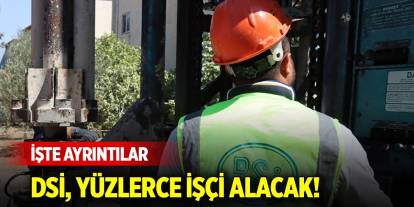Concrete Block Machine
Concrete Block Machine

Concrete blocks have been a fundamental building material for centuries, but it wasn't until the invention of the concrete block machine that the construction industry experienced a revolutionary transformation. These machines have played a pivotal role in modernizing construction practices, offering greater efficiency, consistency, and versatility in building projects. In this article, we'll explore the history, technology, and benefits of concrete block machines, shedding light on their crucial role in shaping the construction industry.
The Birth of Concrete Blocks
Concrete blocks, also known as concrete masonry units (CMUs), have a long history dating back to ancient civilizations such as the Romans and the Egyptians. However, traditional concrete blocks were often handmade and irregular in shape, making construction labor-intensive and time-consuming.
The invention of the concrete block machine in the mid-19th century marked a turning point in construction technology. These machines automated the production of concrete blocks, ensuring consistent quality and precise dimensions. This innovation allowed builders to work faster and more efficiently, ushering in a new era of construction.
How Concrete Block Machines Work
Concrete block machines are complex pieces of equipment designed to mix, mold, and cure concrete into various block shapes and sizes. Here's a simplified overview of the process:
Mixing: The machine combines cement, sand, gravel, and water in precise proportions to create a uniform concrete mixture. This mixture is then conveyed to the block-forming chamber.
Forming: Within the machine's chamber, the concrete mixture is pressed into molds of the desired block shape. These molds can be customized to produce different types of blocks, including standard concrete blocks, interlocking blocks, and decorative blocks.
Compacting: Vibrators or hydraulic pressure systems are used to compact the concrete within the molds, ensuring that there are no voids or air pockets.
Curing: The newly formed blocks are removed from the molds and transferred to a curing area, where they are kept under controlled conditions (humidity and temperature) to achieve the desired strength and durability.
Benefits of Concrete Block Machines
Concrete block machines offer a wide range of benefits to the construction industry, making them an indispensable tool for builders and contractors:
Speed and Efficiency: These machines can produce a large number of blocks quickly, significantly reducing construction time compared to traditional methods.
Consistency: Concrete block machines ensure uniform block sizes and shapes, leading to more precise and aesthetically pleasing structures.
Versatility: With customizable molds, concrete block machines can produce various block types, including hollow, solid, and decorative blocks, meeting diverse construction needs.
Cost-Effective: The automation of block production reduces labor costs, making construction more economically viable.
Sustainable: Concrete blocks are eco-friendly as they are made from readily available materials like cement, sand, and gravel. Additionally, their durability reduces the need for frequent replacements, further contributing to sustainability.
Design Flexibility: Modern concrete block machines enable the creation of intricate designs and patterns on blocks, enhancing architectural possibilities.
Strength and Durability: Concrete blocks produced by these machines have excellent compressive strength and resistance to weathering, ensuring long-lasting structures.
The invention and continuous improvement of concrete block machines have revolutionized the construction industry by making the production of concrete blocks faster, more consistent, and cost-effective. Their versatility, sustainability, and design flexibility have made them a vital component in modern construction projects.
As technology advances, we can expect concrete block machines to become even more efficient and environmentally friendly, further shaping the future of the construction industry. These machines are a testament to human ingenuity and our ability to innovate, ultimately building a stronger and more sustainable world, one block at a time.









